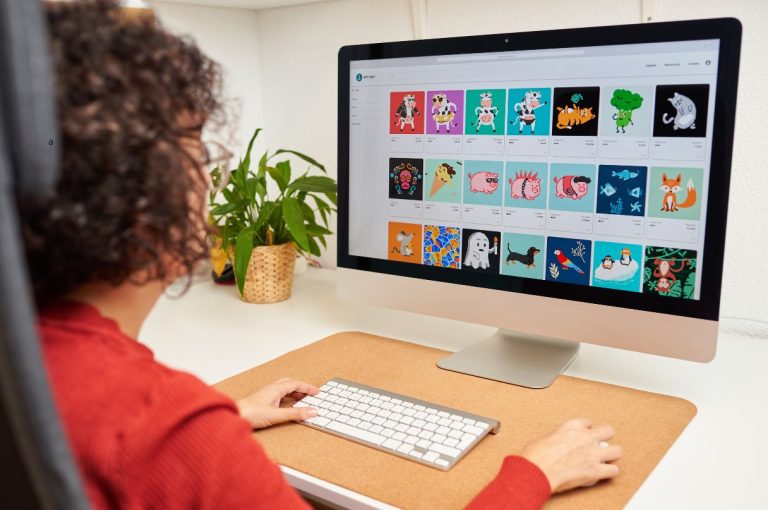With the expansion of internet access and the use of digital platforms, millions of Brazilians have found opportunities for training, entrepreneurship and insertion in the digital market. According to the ICT survey Households 2024, 84% of the population is connected and 74% use the network for professional or educational activities, which shows how connectivity has been consolidating as a bridge to economic and social development.
This advance, however, is not limited to income generation. It represents a concrete chance to face historical inequalities, expanding access to resources that were previously restricted to a portion of citizens. For this potential to be fully realized, it is necessary to invest in digital infrastructure, professional training and technologies that involve the active participation of all in the connected economy.
How does digital inclusion create income opportunities?
The internet has opened doors that once seemed inaccessible. Working from anywhere, making extra gains as a freelancer or even turning a hobby into your own business has become a reality for many people. Those who need flexibility or face difficulties in the traditional market find in digital a more democratic space. Undertaking online has also become simpler and cheaper, since just a mobile phone and a good idea to start. Social networks such as YouTube, TikTok and Instagram have become monetization platforms, while e-commerce continues to grow and create new horizons.
But it is not enough to have access to the internet, you need to know how to use it to your advantage. Digital learning platforms offer practical courses that help develop skills valued in the market, making it easier to change careers or seek an extra source of revenue. In addition, strategies such as affiliate marketing and referral programs allow anyone to make money connecting consumers to products and services. With more knowledge and tools at hand, the path to financial independence becomes increasingly accessible.
And edtechs play an essential role in this transformation. In addition to providing training, many create partnerships with companies to bring professionals from real perspectives. Projects aimed at poor communities guarantee access to devices and connectivity, allowing more people to participate in the digital economy. In the end, digital inclusion is not just about technology & is about giving equal chances so that everyone can grow, undertake and achieve a better life.
Challenges and paths
There are still barriers along the way. Without adequate infrastructure, millions of people still lack access to quality internet, which limits work, learning and growth. Data from the ICT Households 2024 survey reveal that 29 million Brazilians still do not have access to the internet, which reinforces the challenges of digital inclusion in the country. And even among those who use the network regularly, only 22% have a significant” connectivity, which considers factors such as frequency of use, quality of connection, access to appropriate devices and digital skills.
That is, the lack of training also prevents many from taking advantage of what technology has to offer. At the same time, the increase in virtual transactions brings new risks, such as financial scams, making digital security a priority. Without effective public policies, digital inequalities tend to deepen.
On the other hand, technological advances continue to pave the way for us to go. Artificial intelligence already enables people and companies to focus on more strategic tasks, while digital businesses are structured based on data and automation. Online education breaks down geographical barriers and expands access to knowledge, and new forms of monetization, such as the creative economy and NFTs, are opening paths to income generation.
E-commerce is one more that consolidates, democratizing digital entrepreneurship. Models such as dropshipping and affiliate marketing facilitate the entry of entrepreneurs into the market. Freelance work grows, connecting professionals to opportunities anywhere in the world.
When connectivity, empowerment and security go together, digital is no longer a privilege and becomes a vector of transformation. The future of the economy is the active participation of all in this environment, and true financial empowerment is born when technology is put at the service of equity.
*In 2017, at only 24 years old, Laila Martins founded edtech Know on Network, holding the position of CEO since then. And in just five years, led the company from scratch to the valuation of 50 million reais. Driven by innovation in reaching new students and valuing the academic community, Laila founded the startup with the purpose of disseminating education and enabling people to undertake this process. Active in the innovation and entrepreneurship ecosystem, the executive operates since 2020 as a mentor in the acceleration programs of the Brazilian Association of Startups, SEBRAE and Innovative. In 2023, Laila still joined other entrepreneurs to found a Venture Builder, the X5 investment in the country and the ecosystem.











